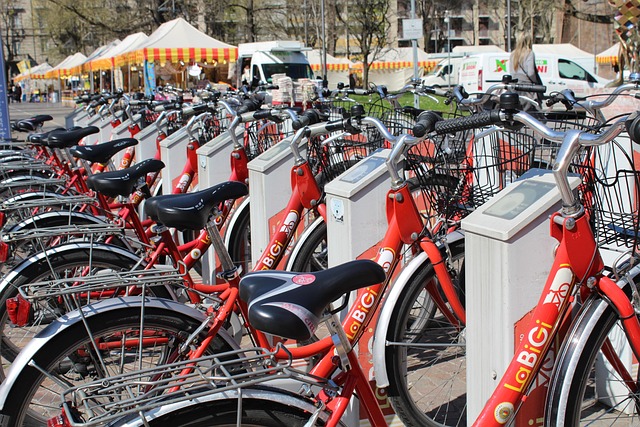Embracing Change: How New Energy Sources Transform Rural Transportation
In the evolving landscape of transportation, the integration of new energy sources and transportation is reshaping how rural communities connect, grow, and sustain themselves. For too long, rural development has been hindered by limited infrastructure and reliance on fossil fuels, which are both environmentally taxing and economically unsustainable. Today, innovative approaches in sustainable transport are paving the way for a brighter, cleaner future.
Transport Sustainability: Beyond Convenience
When discussing transport sustainability, it’s essential to recognize that it transcends mere convenience. Sustainable transportation means adopting solutions that minimize environmental impact, foster energy efficiency, and promote equitable access. For rural areas, this includes electrification of vehicles, biofuels, and harnessing renewable energy like solar and wind power to fuel transportation networks.
New energy sources such as solar-powered electric buses or hydrogen fuel cells are no longer futuristic concepts but viable technologies being deployed in rural contexts. These initiatives not only reduce carbon emissions but also reduce dependency on expensive, imported fuels — making transportation more affordable and reliable for rural residents.
Rural Development: Empowering Communities Through Innovation
Transportation is a lifeline for rural communities, enabling access to education, healthcare, markets, and social connections. Integrating new energy sources into rural transportation systems can dramatically improve quality of life. Sustainable transport solutions open up opportunities for economic growth by connecting producers to broader markets with lower logistical expenses, while simultaneously preserving the local environment.
Moreover, investments in sustainable transportation infrastructure create jobs in installation, maintenance, and operations — injecting vitality into local economies. The community engagement around adopting green transportation fosters a sense of ownership, pride, and forward-thinking resilience that strengthens rural regions.
Integration as the Key to Future Success
The real power of new energy sources and transportation lies not just in the technologies themselves, but in their integration within existing social and economic frameworks of rural areas. Thoughtful planning that involves stakeholders, leveraging local resources, and ensuring that solutions are context-specific, is critical to sustainable outcomes.
Innovative partnerships among governments, private sector, and communities fuel the momentum for transformative change. By embracing new energy sources in rural transport, regions achieve a harmonious balance between development and environmental stewardship — creating a replicable model for sustainable progress worldwide.




